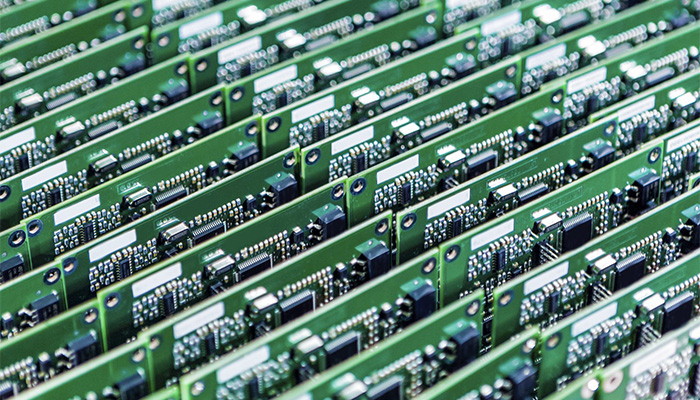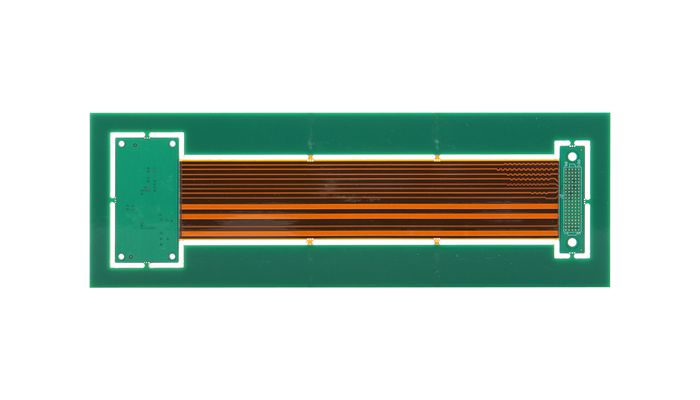Automotive PCB Market to be Worth More Than 14 Billion by 2024

According to a new report by ResearchAndMarkets, the global automotive PCB market is expected to reach more than $14 billion by 2024. The rising applicability of rigid-flex PCBs, the penetration of in-vehicle infotainment systems, the arrival of new energy vehicles, and the increased potential of ADAS are expected to contribute to the growth of the global automotive PCB market during the forecast period 2019-2024.
The increased adoption of Advanced Driver Assistance Systems (ADAS) is driving the automotive printed circuit board (PCB) market. The utilization of printed circuit boards in ADAS systems is expected to witness significant traction in the coming years. Hence, vendors catering to the global automotive PCB market are eyeing to capitalize on this growing trend of ADAS installation in vehicles in the coming years. Further, the growing installation of in-vehicle Infotainment (IVI) systems is expected to push the demand for flexible printed circuit boards.
The digitalization of printed circuit board design simulations is emerging as a major concept in the global automotive PCB market. It ensures an effective prototype preparation before actual implementation is integrated into the simulation of the design process. Also, the electrification of engine mechanism and propulsion technologies is further expected to drive the automotive PCB market during the forecast period.
Key Vendor Analysis
The automotive PCB market is highly competitive. The margin for error is extremely loss due to the stringent regulatory standards followed in the automotive sector and its ancillary components. However, the leading 5-6 vendors constitute the majority of the share in the market, which has led to moderate fragmentation.
Also, the market competitiveness is expected to intensify further with an increase in product/service extensions, technological innovations, and M&As. Global players are likely to grow by acquiring regional or local players in the future.
Further, companies with better technical and financial resources can develop innovative products to kill the competition. Therefore, vendors are expected to develop new technologies and remain abreast with upcoming technologies to have a competitive advantage over other vendors.


 Send Email
Send Email 15889340690
15889340690